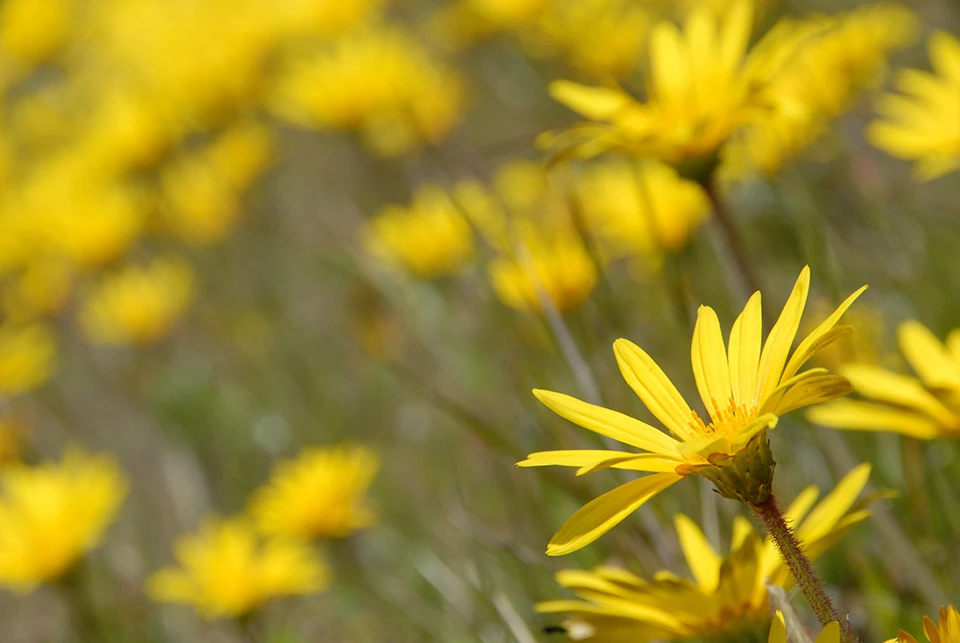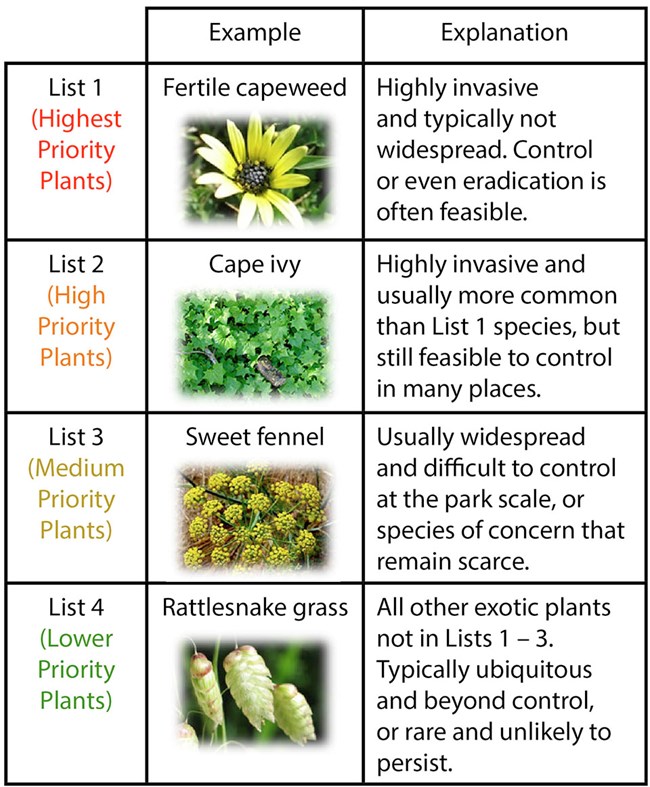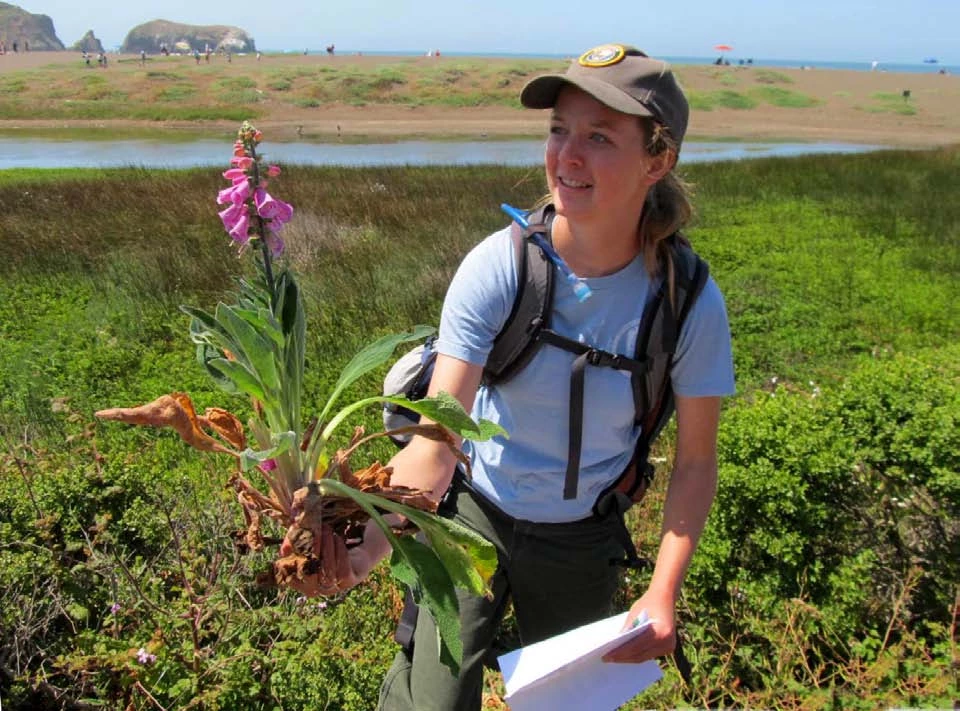Last updated: July 8, 2025
Article
Invasive Plant Early Detection in the San Francisco Bay Area

NPS / Jessica Weinberg McClosky
Why Are Invasive Plants a Big Deal?
Invasive plants can dramatically alter ecosystems and reduce the amount of habitat available for native plant and animal species. For example, Portuguese broom not only crowds out native species, but also changes nutrient cycling and alters fire regimes. Invasive plants can also negatively impact views, trails, and structures.
The San Francisco Bay Area Inventory and Monitoring Network has developed an invasive plant early detection protocol to prioritize, find, and map invasive plants at Golden Gate National Recreation Area, Point Reyes National Seashore, Pinnacles National Park, and John Muir National Historic Site.
What Is Invasive Plant Early Detection For?
- To find potentially problematic invasive plants before they become widely established and while they can still be easily controlled
- To inform park-based eradication teams of invasive plant infestation locations

NPS / Jessica Weinberg McClosky
How Do We Use Invasive Plant Early Detection Data?
- To determine the distribution and abundance of target invasive plant species
- To help measure the success of invasive plant removal activities
- To better understand how different invasive plants threaten local ecosystems
- To re-prioritize which invasive species and sensitive locations are important to target on future early detection surveys
- To determine the primary pathways and factors that lead to new infestations along roads and trails, and inform efforts to slow or prevent future infestations

NPS / Kevin Sherrill
What Have We Learned?
For More Information
San Francisco Bay Area Network BotanistKelsey Songer
Links
San Francisco Bay Area Inventory & Monitoring Network
Pacific Coast Science and Learning Center
Summary by Jessica Weinberg McClosky, August 2014.
Download PDF from the NPS Data Store
